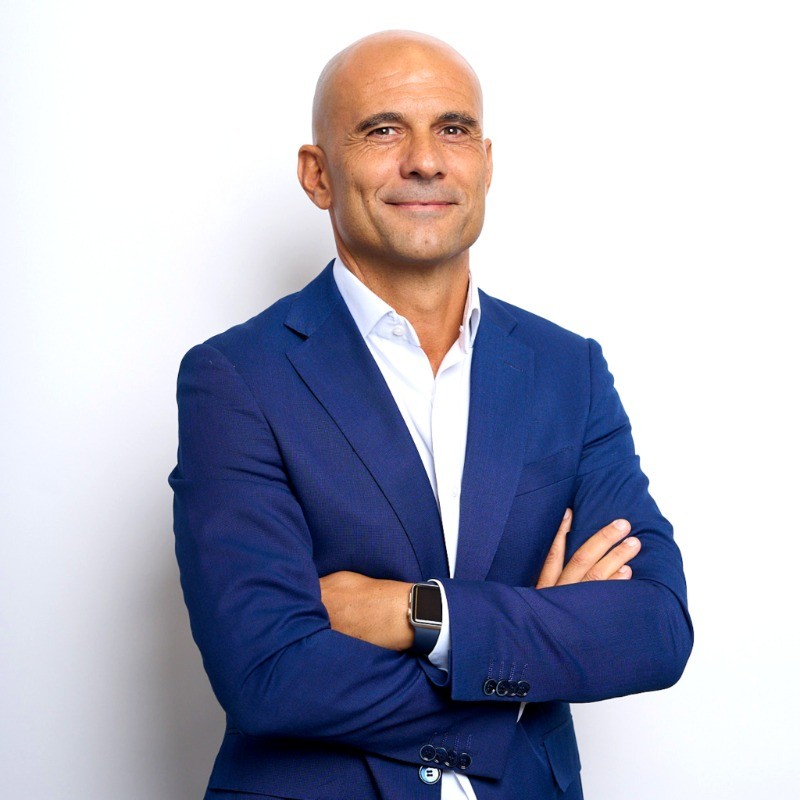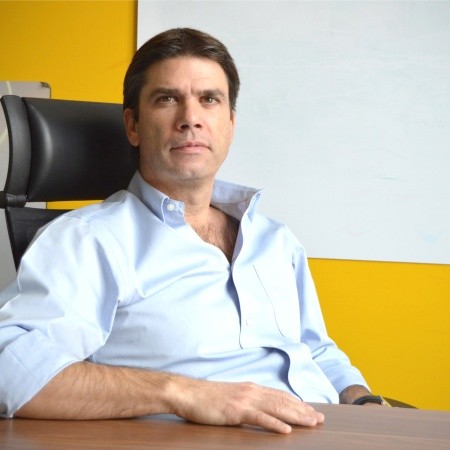Interview with
Purpose-driven cultures and the BEACON model for transformation

Purpose-driven cultures and the BEACON model for transformation
In this article: Roberto Di Bernardini, former CHRO at Danone, Santander, and JnJ Global Consumer, and current member of Pack’s Advisory Board, shares the key ingredients behind effective global cultures, how to build skill-based organizations, and the most common pitfalls in cultural transformation. His BEACON model offers a practical and inspiring framework to guide People & Culture leaders.
Contents
- From your experience at Danone, Santander, and J&J — what do the most effective global cultures have in common?
- What cultural levers are needed to build a skill-based organisation?
- What convinced you to join Pack’s Advisory Board?
- What are the most common mistakes you’ve seen in cultural transformation?
From your experience at Danone, Santander, and J&J — what do the most effective global cultures have in common?
If I had to choose one word, it would be purpose.
The cultures that truly work have a clear reason behind why the business exists. People often think business is just about making money — but in reality, what sustains a strong culture is the ability to connect business activity to its impact on people and stakeholders.
In every company I’ve worked for, the purpose was clear, shared, and deeply integrated. That made all the difference: strong, functional cultures that generate real value.
What cultural levers are needed to build a skill-based organisation?
To build a skill-based organisation, we need to connect business objectives with personal goals.
One of the most powerful levers is helping people define their own purpose within the broader company mission.
When people understand how they contribute to the bigger picture — and see not just their impact, but also their personal progress — they feel fulfilled. That’s where skills come in.
To create this connection, we need to clearly communicate what’s expected in terms of current and future capabilities.
That’s how we link individual talent to the organisation’s direction — and that connection is what builds commitment and belonging.
What convinced you to join Pack’s Advisory Board?
Two things.
First, I’ve spent my career in HR functions that were often missing something — and despite the progress in tech, we still lack tools that truly bridge business needs with people’s development aspirations.
Pack has the potential to create this connection — in a structured, scalable way.
Second, it’s a personal reason: the desire to keep learning. I’ve learned so much throughout my life, and I don’t want to stop now.
What are the most common mistakes you’ve seen in cultural transformation?
Over the years, I’ve developed a model I call BEACON — it helped me lead two major cultural transformations in global organizations. BEACON isn’t just a metaphor; it’s an acronym that describes six essential elements to make culture evolution real and sustainable.
B – Business Need: The Spark
Every cultural shift should start with a clear business reason. One common mistake is launching culture initiatives that aren't anchored in a strategic need — like entering a new market, managing a transformation, or responding to shifting talent dynamics. Culture for culture’s sake simply doesn’t hold.
E – Engaged Leadership: The Lighthouse Keepers
Culture can't be “outsourced” to HR. I’ve seen many initiatives fail because leaders weren’t truly modeling or championing the change. If the CEO and executive team aren’t visibly committed, people sense it — and disengage.
A – All Contributors: The Keepers of the Flame
Another mistake is thinking culture can be reshaped top-down. The truth is, culture lives in the everyday. You need to involve people at all levels — not just in communication, but in co-creation. That’s how you build ownership and energy.
C – Cultural Archetypes: Our Shared Stories
Culture becomes real when it’s personified. At one company, we had a problem with transparency. We introduced the concept “put the fish on the table” — and literally placed fish symbols in meeting rooms to encourage honest conversations. It worked because it was concrete, visual, and easy to adopt. These small rituals matter.
O – Organizational Practices: Make it Real
Culture must show up in how you hire, promote, give feedback, reward. A big mistake is treating culture as something “off to the side,” rather than embedding it in core people processes. That’s how it sticks.
N – Navigate Time: Past, Present, Future
Many companies rush to define a “new culture” as if everything before was wrong. But culture is an arc. You need to honor what came before, understand what’s no longer serving you, and consciously design what’s next. Skipping that reflection weakens the foundation.
These six dimensions — Business Need, Engaged Leadership, All Contributors, Cultural Archetypes, Organizational Practices, and Navigating Time — come together in the BEACON model.
It’s helped me — and the organizations I’ve worked with — stay grounded in purpose while building something truly transformative.
Similar posts
Ragione sociale: Pack Srl
Sede legale e domicilio fiscale: Via Marconi 45, Bologna (BO) 40122, Italia
CF e P.IVA: IT04040451207
Codice destinatario SDI: USAL8PV
N. Iscrizione Registro Imprese: 04040451207

.png)














